Ferrar Fenton Bible - Bible (Fenton) 08, 13-14, 16-22, 25, 27: Holy Bible in Modern English, The: Psalms to 2 Chronicles
Ferrar Fenton Bible
100%
Speed
Bibles
693
Summary
The Holy Bible in Modern English, commonly known as the Ferrar Fenton Bible, was one of the earliest translations of the Bible into «modern English» (i.e., English as spoken and written in the 19th and 20th centuries). Work on the translation was begun in 1853 by a London businessman named Ferrar Fenton (1832–1920). The complete Bible was first published in 1903, though parts were published as separate volumes during the preceding 11 years. Fenton spent approximately fifty years working on his translation, with his sole goal 'to study the Bible absolutely in its original languages, to ascertain what its writers actually said and thought'. Fenton had acquired a great learning and understanding of ancient Sanskrit, Greek, Hebrew and Latin through being a distinguished member of the Royal Asiatic Society. As a tradesman he also had access to numerous ancient Septuagint and Masoretic manuscripts to aid in his translation, and he also used Brian Walton's Polygot Bible (1657) for minimal referencing.
The translation is noted for a rearranging of the books of the Bible into what Fenton believed was the correct chronological order. In the Old Testament, this order follows that of the Hebrew Bible. The name of God was translated throughout the Old Testament as «The EVER-LIVING», but to a lesser degree as «LORD» and to a much lesser degree as «JEHOVAH» (such as in Numbers chapter 15). The Bible is described as «translated into English direct from the original Hebrew, Chaldee, and Greek languages.»
Notable as well, is Ferrar Fenton's restoration of the Psalms into the musical verse form as close to the original as he could get. The Psalms were, quite literally, songs, complete with instructions for the «choirmaster» as well as descriptions of the appropriate musical instruments to be used. Today Psalm 48, Psalm 137, and Psalm 23 are still sung in churches, albeit to tunes not the original. Summary by Wikipedia.
audiobooks.club
Bibles
Ferrar Fenton Bible
Bible (Fenton) 08, 13-14, 16-22, 25, 27: Holy Bible in Modern English, The: Psalms to 2 Chronicles
Series Bible (Fenton)
Bible (Fenton) 01-07, 09-10: Holy Bible in Modern English, The: Genesis - Judges, 1 & 2 Samuel
Bible (Fenton) 04: Holy Bible in Modern English, The: Numbers
Bible (Fenton) 08, 13-14, 16-22, 25, 27: Holy Bible in Modern English, The: Psalms to 2 Chronicles
Bible (Fenton) 11,12,23,24,26: Holy Bible in Modern English, The: 1 Kings-Ezekiel
Bible (Fenton) 28-39: Holy Bible in Modern English: Hosea - Malaki
Bible (Fenton) NT 03, 05: Holy Bible in Modern English, The: Luke, Acts
Bible (Fenton) NT 04, 23, 01, 02: Holy Bible in Modern English, The: John, 1 John, Matthew, Mark
Bible (Fenton) NT06-NT27: Romans to Revelation
Show all
Authorization
By logging in, you agree to the terms and conditions.

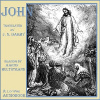
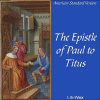
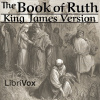
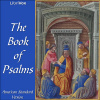
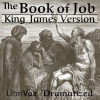



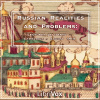


No comments